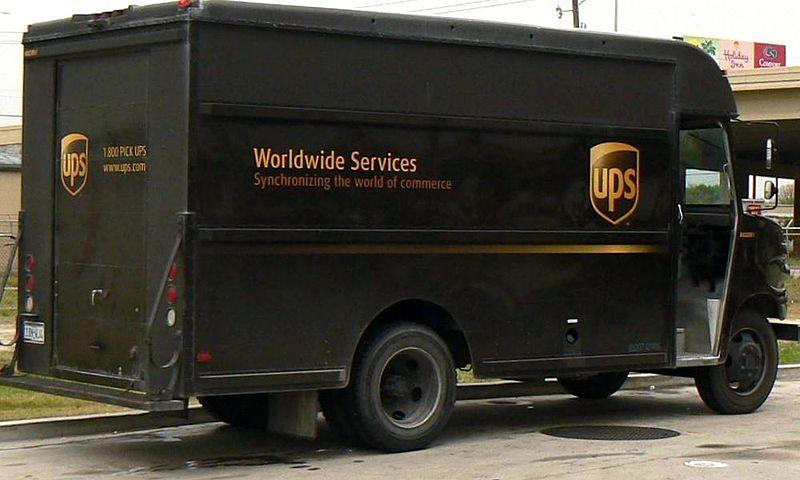Interesting article from Priceonomics: I've excerpted at lot of it below - go there for the whole thing.
In 2004, UPS announced a new policy for its drivers: the right way to get to any destination was to avoid left-hand turns.
When better tracking systems emerged in 2001, the package delivery service took a closer look at how trucks performed when delivering packages. As a logistics company with some 96,000 trucks and several hundred aircraft, much of UPS's business can be distilled to a series of optimization problems around reducing the amount of fuel used, saving time, and using space more efficiently.
UPS engineers found that left-hand turns were a major drag on efficiency. Turning against traffic resulted in long waits in left-hand turn lanes that wasted time and fuel, and it also led to a disproportionate number of accidents. By mapping out routes that involved "a series of right-hand loops," UPS improved profits and safety while touting their catchy, environmentally friendly policy. As of 2012, the right turn rule combined with other improvements -- for the wow factor, UPS doesn't separate them out -- saved around 10 million gallons of gas and reduced emissions by the equivalent of taking 5,300 cars of the road for a year.
If you don't believe it, well, that's why Mythbusters exists. The program sent a truck out to deliver packages following a normal route and a left turn hating UPS route. They found the UPS approach saved gas but took a bit longer:
Mythbusters likely failed to save time on the route by following the rule even more stringently than UPS. While the no left turn rule has an appealingly simple and algorithmic quality to it, you will see UPS drivers take left turns on occasion, especially in residential neighborhoods without much incoming traffic. Asked how often UPS drivers turn right, a driver told ABC:
"A guesstimate, I would probably say 90%. I mean we really, really hate left turns at UPS."
Since UPS uses software to map out routes, it can send drivers on right turn heavy routes while making exceptions when a left turn is easier and faster. As an amicable senior VP of the company said in an interview about the rule, "That's why I love the engineers, they just love to continue to figure out how to make it better."

